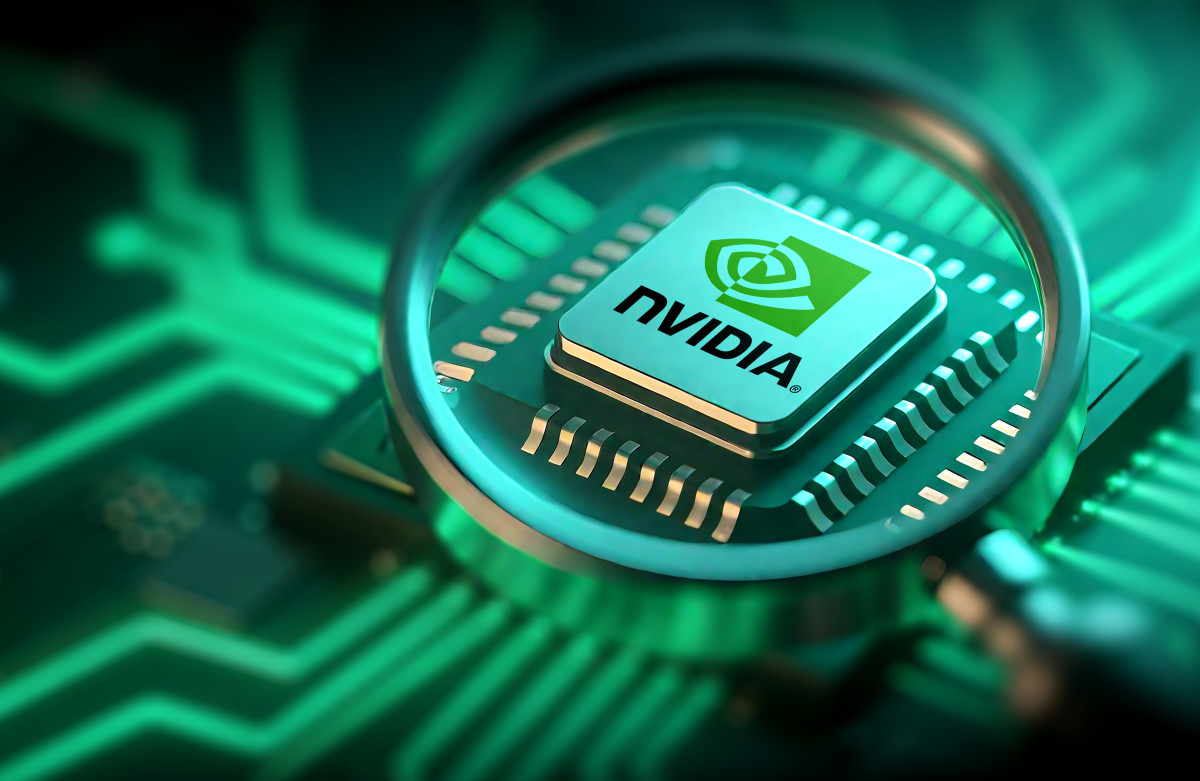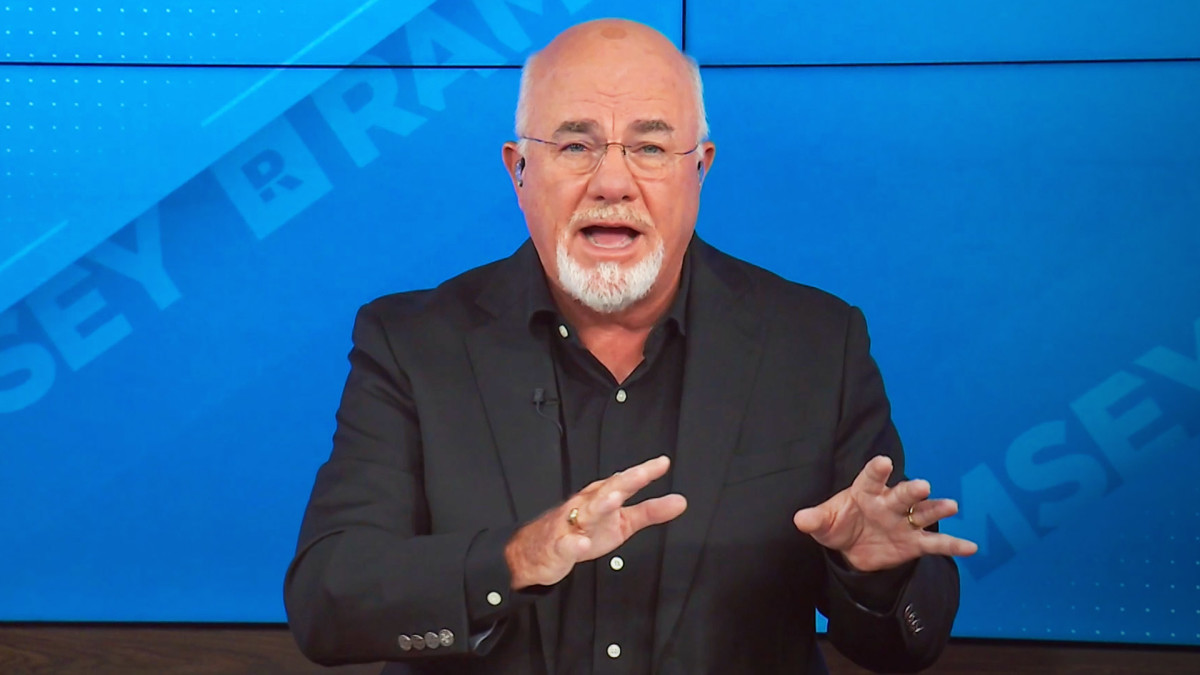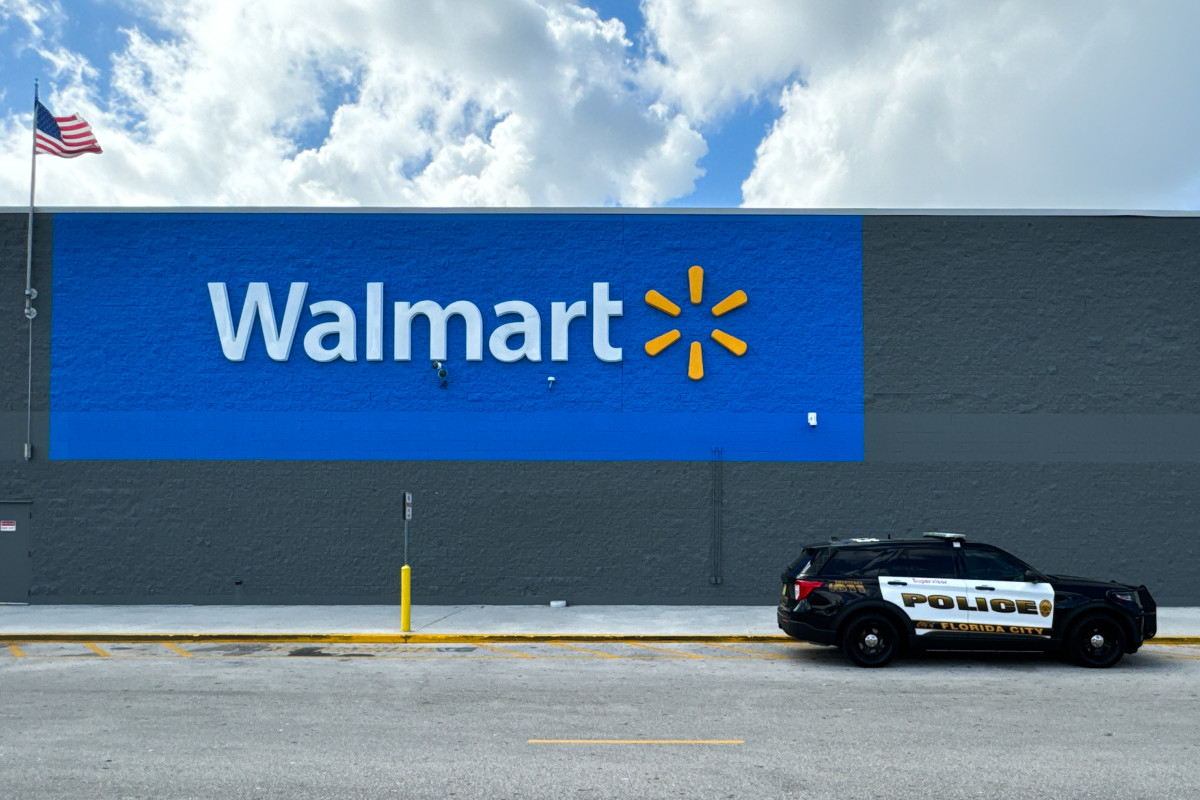Americans Should Carve Out a Portion of their Paycheck for These Overlooked Benefits Before Open Enrollment Ends
Before Open Enrollment wraps, consider a look at lesser-considered FSA or HSA accounts.

'tis the season... not the holidays, but Open Enrollment. As the year draws to a close, millions of American workers will soon be cherry-picking their 2026 benefits and answering big questions like, "What is a deductible?", or "What is a commuter benefit again?", or "Should I get supplemental life insurance?"
However, Americans might do well to take a look at two other oft-overlooked benefits — their Flexible Spending Account (FSA) and Health Savings Account (HSA) — and put aside some of their paycheck for them while they're asking the big questions. And that's the case for workers of all ages, even young people who might suspect they don't need them.
Why Bother with an HSA or FSA?
FSAs and HSAs are tax-advantaged savings accounts that are available to some Americans, albeit with limitations. They offer workers a way to save money for health-related expenses like co-pays, deductibles, drugs, or OTC medications.
At face, this might not sound too attractive, especially to younger Americans. However, FSAs and HSAs can be used for a wider array of proactive health expenses, including fitness trackers (Oura, Whoop) and devices (Theragun, Reathlete). There's also a carve-out for wellness spend; like mattresses, air purifiers, or skincare, among other categories. In fact, Sika Health maintains a list of over 2,500 eligible products that are eligible for FSA or HSA spend.
This means that if you're expecting a big expense -- whether it's a checkup or maybe even a wellness purchase -- there is a reason to consider looking at an FSA or HSA. There's a balance to achieve here, which can generally be achieved with the help of some helpful HR folks at your employer. However, we'll touch on how things work in brief:
It's Now or Never (For Your FSA)
During open enrollment, Americans might consider contributing money to their Flexible Savings Account, or FSA for short.
This account allows workers to put aside a minimum of $3,400 tax-free (in 2025) for out-of-pocket, qualifying health care expenses in a given year. That's money that you have to spend in the calendar year, as only a small sum ($680 in 2025) will be rolled over to next year.
For households with dependents, use of a Dependent Care FSA can beef this up to $7,500 per household, giving you room to plan with your spouse. For more on those specifics, consider a discussion with your HR department.
One of the great benefits of an FSA is that any money put aside during open enrollment becomes available immediately in the plan year. This means that if you are expecting a sizable, qualifying expense in the coming months, you could simply put aside money now and spend it whenever.
However, that comes with a big drawback: outside of open enrollment, there's a very narrow set of circumstances where you can switch your contributions for your FSA, including when you start a new job or experience a qualifying life event (QLE).
Also: Beware of HDHP Coverage Exclusions
The "up to" is also important here. If you have a high-deductible health plan (HDHP), then your savings could be restricted. During benefits selection, whether or not you have an HDHP will usually be flagged.
That's no reason to fret, though. Having an HDHP, as many Americans do, will simply mean that you'll have a limited-purpose flexible spending account, which can cover dental and vision expenses. Having an HDHP also unlocks a separate account which could confer benefits.
HSAs Are Forever (Or Decades, At Least)
America's affluent love their Roth 401(k)s and Individual Retirement Accounts, but blinded by their love, they sometimes miss out on another beloved qualified account: the Health Savings Account, or HSA for short.
Only available to those covered by high-deductible health plans (HDHPs), HSAs are the only tax-advantaged account that confers a triple tax benefit: the contributions are pre-tax, savings grow tax free, and the withdrawals are tax free (so long as they are for qualifying health care expenses.)
Workers can contribute $4,400 (single) or $8,750 (family) to the account in 2026, which is portable and yours forever. A special catch-up contribution of $1,000 can also beef up these contribution limits after age 55 per eligible spouse.
HSA Money Glitch
Unlike an FSA, you'll contribute a little bit out of paycheck, and it will gradually become available, similar to a 401(k). However, it won't expire and you can change your contributions whenever. You'll also have the option to choose what company administrates your HSA and how it gets saved or invested.
For these reasons, more Americans are choosing to use their HSA for long-term investing. Data from HealthEquity, one of the largest administrators of HSA plans, said that the number of accounts with investments grew 10% year-over-year in the second quarter of 2025. And no surprise, HSA investments represent nearly half of their assets under management.
How Can I Use Both?
If you have a high-deductible health plan, you could contribute an amount of money to both a limited-purpose FSA (say, the $680 rollover limit) and an HSA (up to the max!) if you wanted.
If money weren't an object, you could then unlock FSA dollars for vision or dental expenses immediately and your HSA for medical expenses (or savings in the future.)
You get FSA dollars now and the HSA dollars for later. Win-win, right?
However, money is an object for... well, basically all Americans. For that reason, those with a high-deductible health plan might simply choose to focus on their HSA alone; ideally before you sort your IRA, but not before you sort your 401(k) situation.
"If your employer offers a reasonable match, contribute first to your 401(k) to the level that maxes out the employer contribution and then invest in your HSA," said WEX SVP Chris Byrd. "HSAs are the only triple tax advantaged option, but most employees shouldn't forego the additional employer money being contributed to their 401(k)."
In other words, if your company matches 4% of your 401(k) contributions (or another qualifying pension), contribute the 4% necessary to earn the match. Then, supplementing your retirement savings with HSA contributions -- and invest them in diversified assets like ETFs or bonds.
Way down the line, these appreciated assets can then be spent on the same category of expenses above. Only, you'll have much more than you would've started with, ideally.
What's Your Reaction?




















































